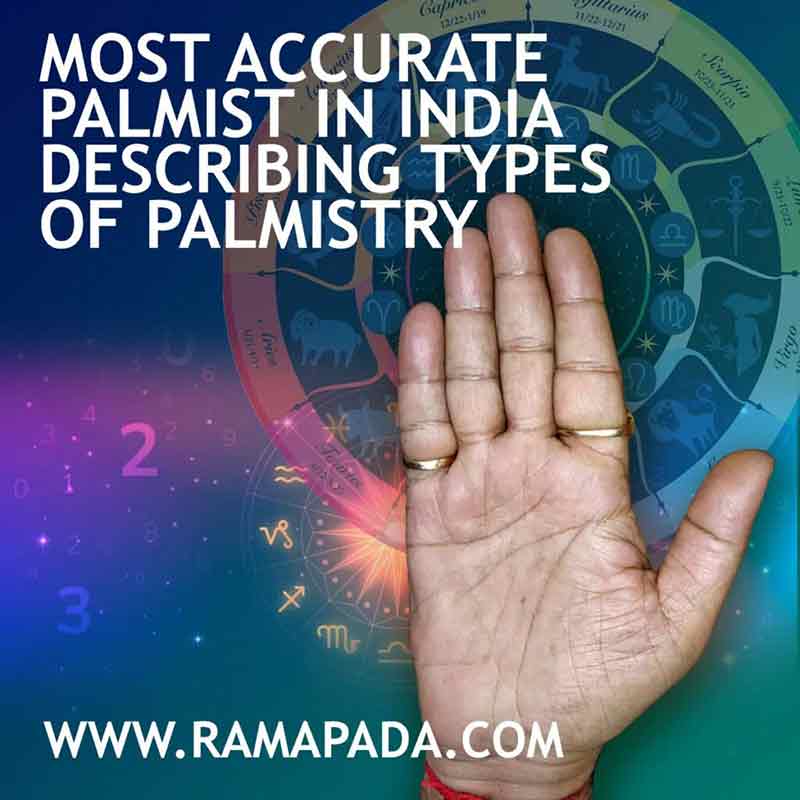Most accurate palmist in India says palmistry is the ancient art of analysing a person’s character and life path by studying their palms. Practised for centuries across various cultures, palmistry offers a unique lens through which to understand ourselves and others. Let’s delve into the different types of palmistry that exist:
1. Line-Based Palmistry:
As per the most accurate palmist in India, the most common form of palmistry focuses on the interpretation of lines on the palm. Major lines include:
- Life Line: Represents vitality, longevity, and overall well-being.
- Head Line: Indicates intellect, thought processes, and communication style.
- Heart Line: Reflects emotional nature, capacity for love, and relationship patterns.
- Fate Line: Signifies career path, destiny, and life’s major turning points.
The depth, length, and curvature of these lines all hold meaning in line-based palmistry.
2. Mount-Based Palmistry by most accurate palmist in India:
This approach emphasises the raised fleshy pads located at the base of the fingers. These mounts are believed to correspond to different planetary influences and aspects of personality. For instance:
- Mount of Venus: Associated with love, passion, and creativity.
- Mount of Jupiter: Linked to leadership, ambition, and authority.
- Mount of Saturn: Represents responsibility, discipline, and resilience.
The prominence and shape of each mount offer insights into an individual’s traits.
3. Dermatoglyphics:
Dermatoglyphics, the scientific study of fingerprints, analyses the patterns of ridges and loops on fingertips, which it proposes are unique to each person and potentially linked to personality and predisposition.
4. Regional Palmistry:
This method divides the palm into different zones, each corresponding to a specific life area like health, wealth, or travel. This system interprets markings and features within zones to provide information about that particular aspect of life.
5. Western vs. Eastern Palmistry:
Palmistry, deeply intertwined with astrology and numerology, is divided into two main traditions—Western and Eastern. Western palmistry, rooted in Europe, primarily focuses on interpreting the lines and mounts on the palm to predict the future. Eastern palmistry, practised in India and China, expands its analysis to include types of hands in palmistry, considering hand shapes, finger lengths, and even skin texture.
Hand people are often classified based on elemental associations. People with earth hands tend to have square palms and long fingers, reflecting practical and grounded personality traits. Those with fire hands, characterised by rectangular palms and dynamic energy, are often passionate and action-driven. The base of the thumb and other key features further influence interpretations, revealing insights about an individual’s nature and destiny. By examining these intricate details, palmistry continues to offer wisdom on the patterns shaping one’s future.
It’s important to choose someone with a good reputation and positive reviews, like Ramapada Acharjee, the most accurate palmist in India.

